Red Sea Diving An Underwater Wonderland
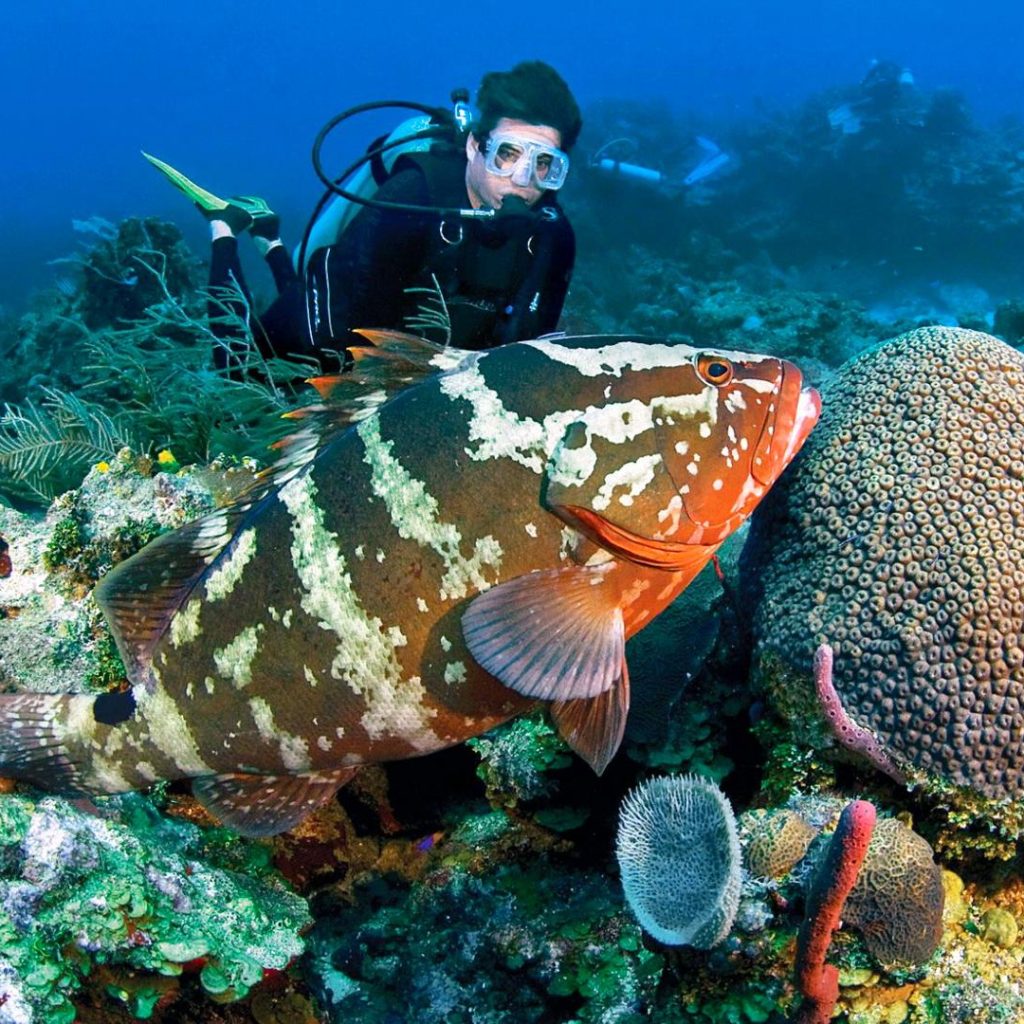
Table of Contents:Red Sea Diving
- Introduction
- The Geography of the Red Sea
- A Rich Marine Biodiversity
- Famous Dive Sites in the Red Sea
- The Thrill of Night Diving
- Underwater Photography in the Red Sea
- Safety Tips for Diving in the Red Sea
- Marine Conservation Efforts
- Diving Certifications and Training
- The Best Time to Dive
- Cultural Experiences and Surface Activities
- Conclusion
- FAQs
Introduction:Red Sea Diving
The Red Sea is a mesmerizing destination for divers from around the world. Renowned for its crystal-clear waters, vibrant coral reefs, and diverse marine life, this body of water offers an underwater adventure like no other. This article will delve into the fascinating aspects of Red Sea diving, from its unique geography to the best times of year to visit.
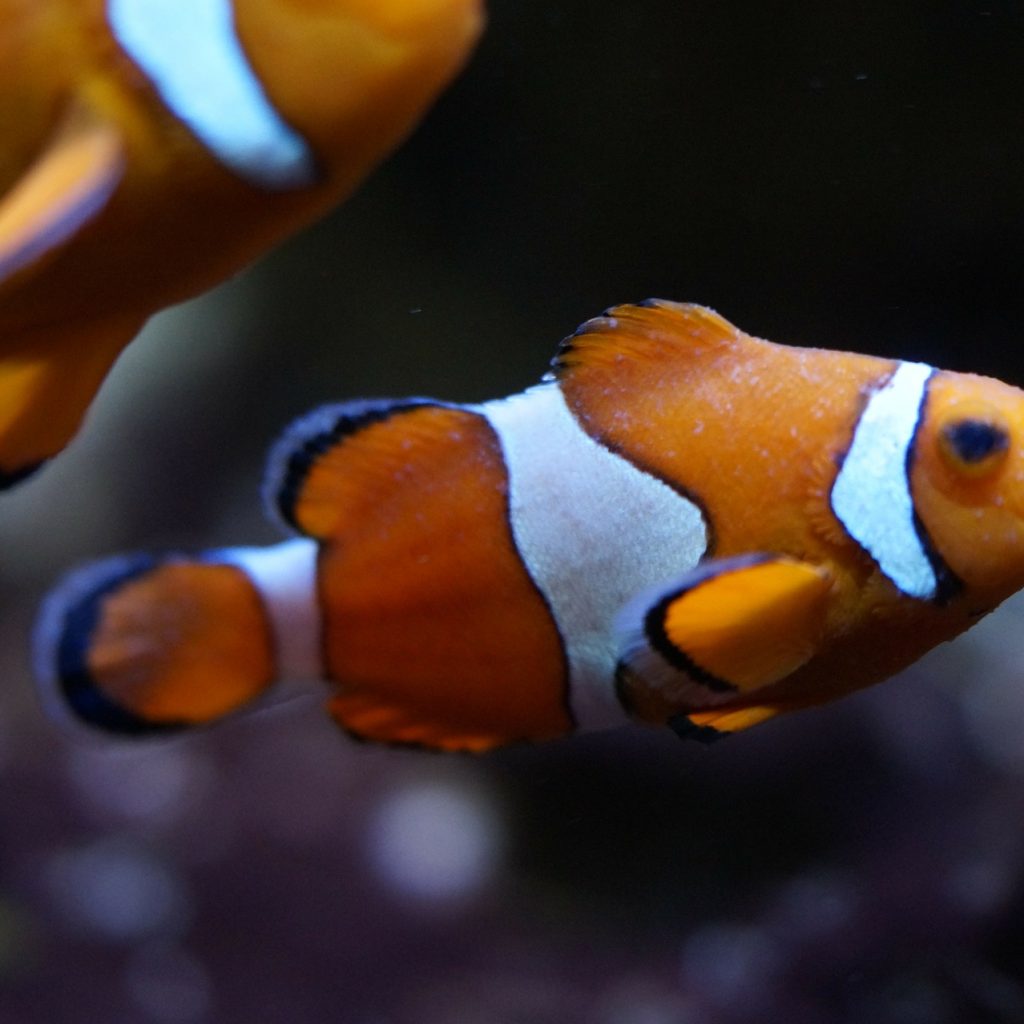
1. The Geography of the Red Sea
The Red Sea, located between Africa and Asia, stretches approximately 1,200 miles from the Suez Canal in the north to the Bab el Mandeb Strait in the south. This extensive body of water features a diverse array of underwater landscapes, including deep troughs, expansive coral reefs, and rich coastal shelves, making it an ideal destination for divers.
2. A Rich Marine Biodiversity
The Red Sea is home to over 1,200 species of fish, of which around 10% are found nowhere else on Earth. Divers can encounter a multitude of marine life, from vibrant clownfish and butterflyfish to larger predators like reef sharks and barracudas. The coral reefs, teeming with life, are considered some of the most beautiful and diverse in the world.
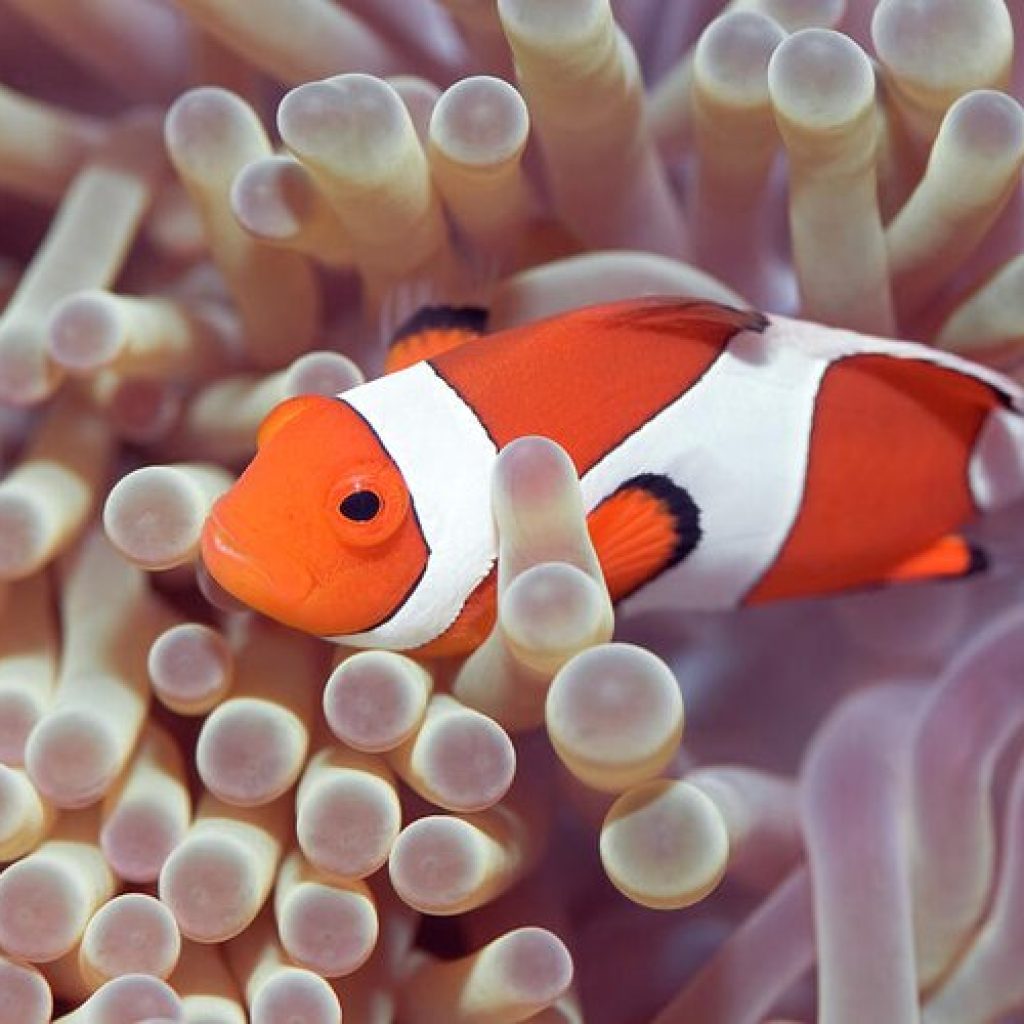
3. Famous Dive Sites in the Red Sea
Some of the most famous dive sites in the Red Sea include Ras Mohammed, the Blue Hole in Dahab, and the Thistledown wreck. Ras Mohammed, known for its breathtaking coral walls and abundant marine life, offers a range of dive experiences. The Blue Hole, a deep sinkhole with a mysterious allure, challenges experienced divers. The Thistlegorm wreck, a WWII shipwreck, provides a hauntingly beautiful glimpse into history.
4. The Thrill of Night Diving
Night diving in the Red Sea reveals a completely different underwater world. As the sun sets, nocturnal creatures like octopuses, lionfish, and Spanish dancers emerge. The bioluminescence of plankton can create a magical underwater light show, making night dives an unforgettable experience for those seeking adventure and wonder.
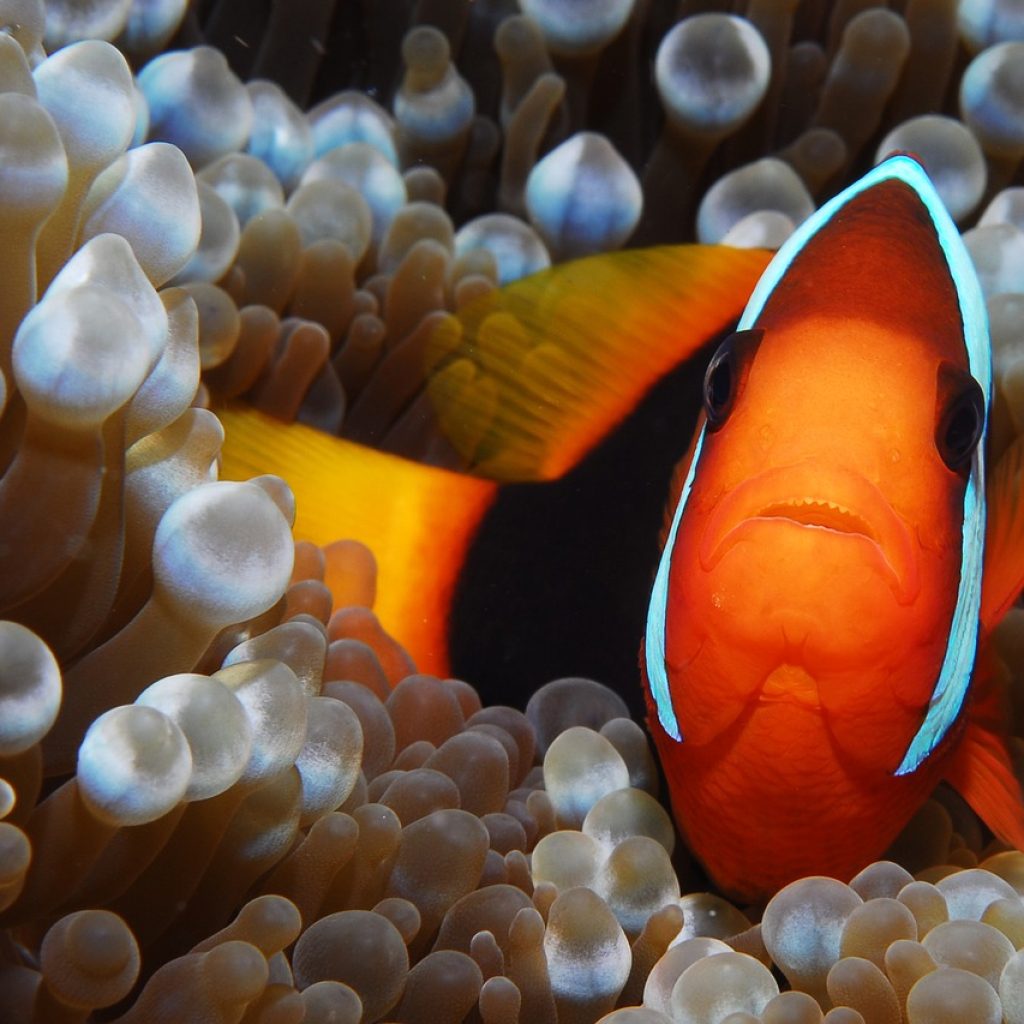
5. Underwater Photography in the Red Sea
The clear waters and abundant marine life make the Red Sea a paradise for underwater photographers. From capturing the intricate details of coral formations to the vivid colors of tropical fish, photographers can create stunning visual records of their dives. It’s essential to use appropriate lighting and angles to enhance the beauty of underwater scenes.
6. Safety Tips for Diving in the Red Sea
Safety is paramount when diving in the Red Sea. Divers should always check their equipment thoroughly, stay aware of their surroundings, and adhere to dive plans. It’s also crucial to be mindful of currents and avoid touching or disturbing marine life. Taking a dive course from a reputable provider ensures divers are well-prepared for their underwater adventures.
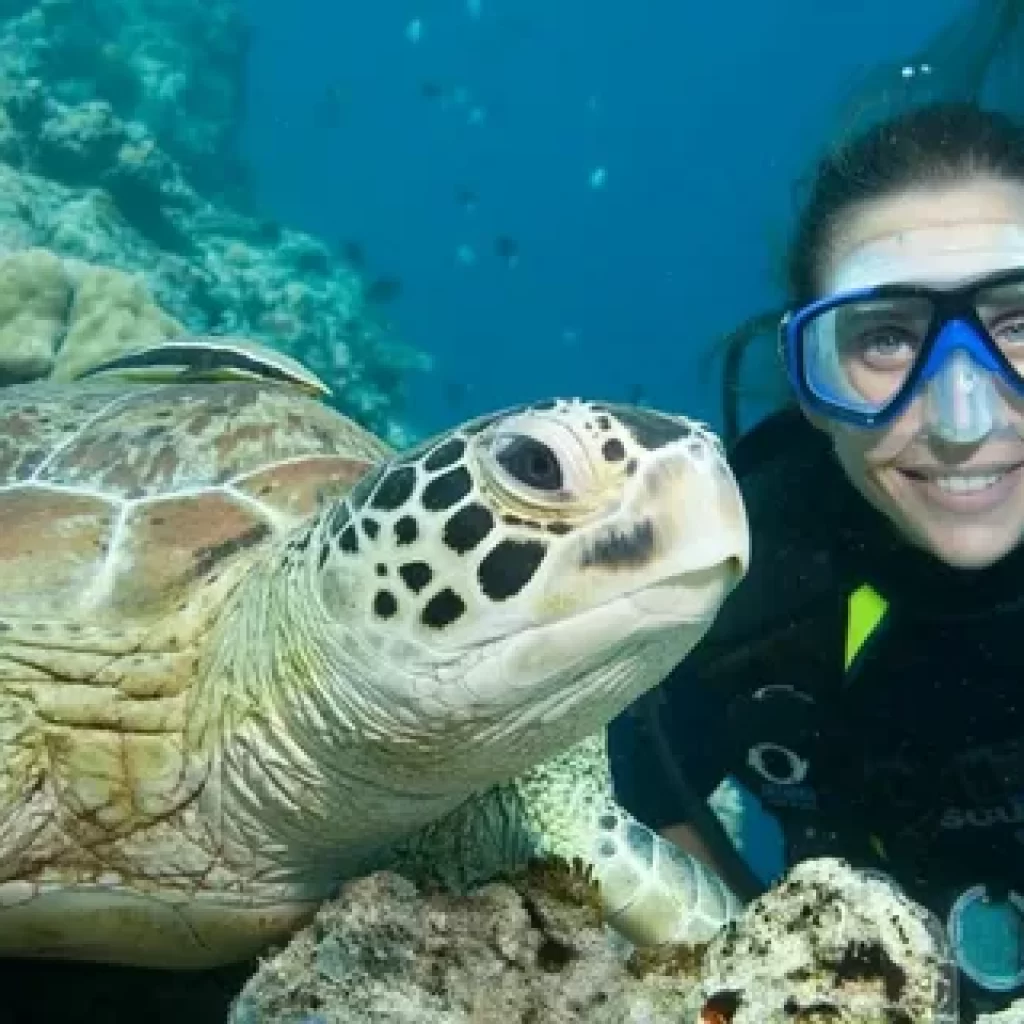
7. Marine Conservation Efforts
Marine conservation is vital to preserving the Red Sea’s biodiversity. Many organizations and local authorities work tirelessly to protect coral reefs and marine life from threats such as pollution, overfishing, and climate change. Divers can contribute by practising responsible diving, supporting conservation initiatives, and raising awareness about the importance of marine ecosystems.
8. Diving Certifications and Training
To dive in the Red Sea, obtaining a recognized diving certification is essential. Organizations like PADI and SSI offer various courses, from beginner to advanced levels. These courses cover crucial skills, safety procedures, and environmental awareness, ensuring divers are well-equipped to explore the underwater world safely and responsibly.
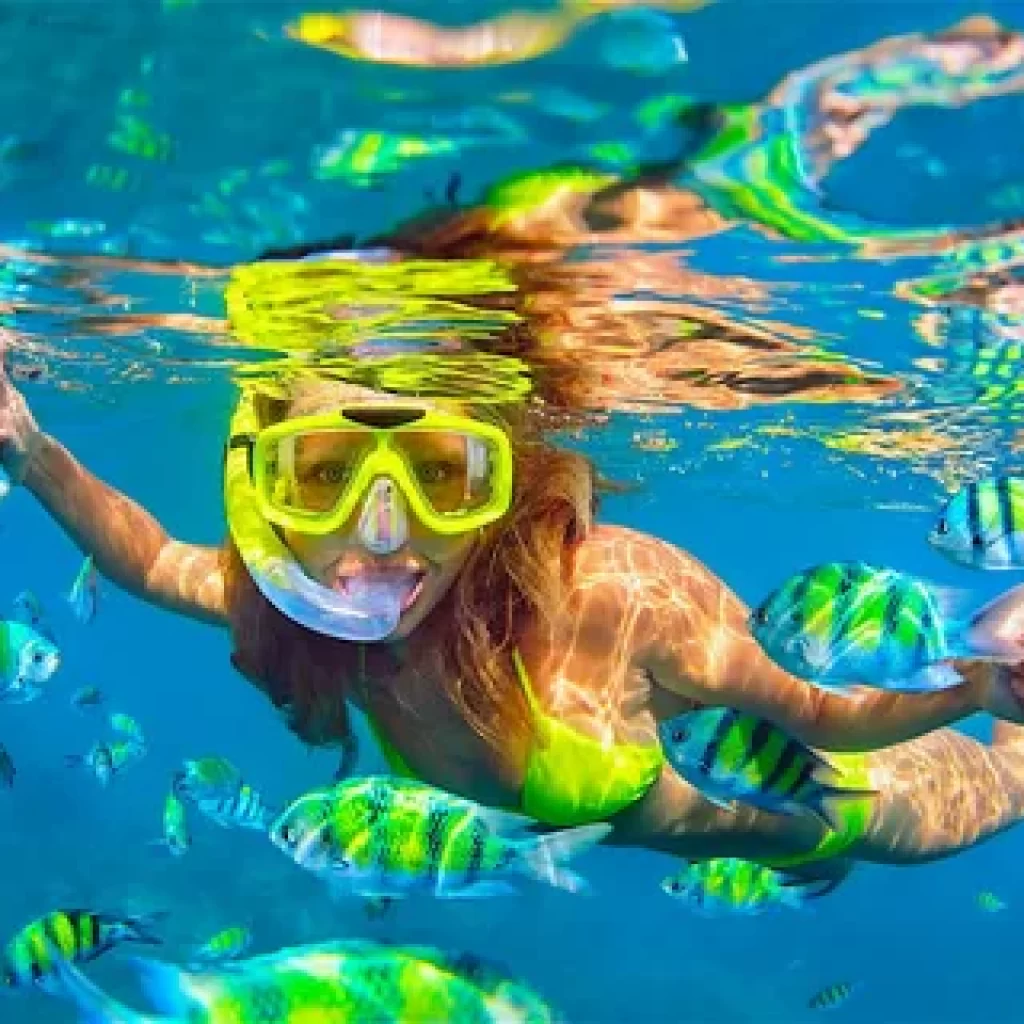
9. The Best Time to Dive
The best time to dive in the Red Sea is from March to May and September to November, when water temperatures are pleasant, and visibility is at its peak. These periods also coincide with the migration of large marine species, providing divers with opportunities to encounter whale sharks, manta rays, and other magnificent creatures.
10. Cultural Experiences and Surface Activities
Beyond diving, the Red Sea region offers rich cultural experiences and surface activities. Visitors can explore historical sites like the ancient city of Petra, experience the vibrant markets of Hurghada, or enjoy desert safaris in Sinai. These activities complement the underwater adventures, making a trip to the Red Sea a well-rounded and enriching experience.
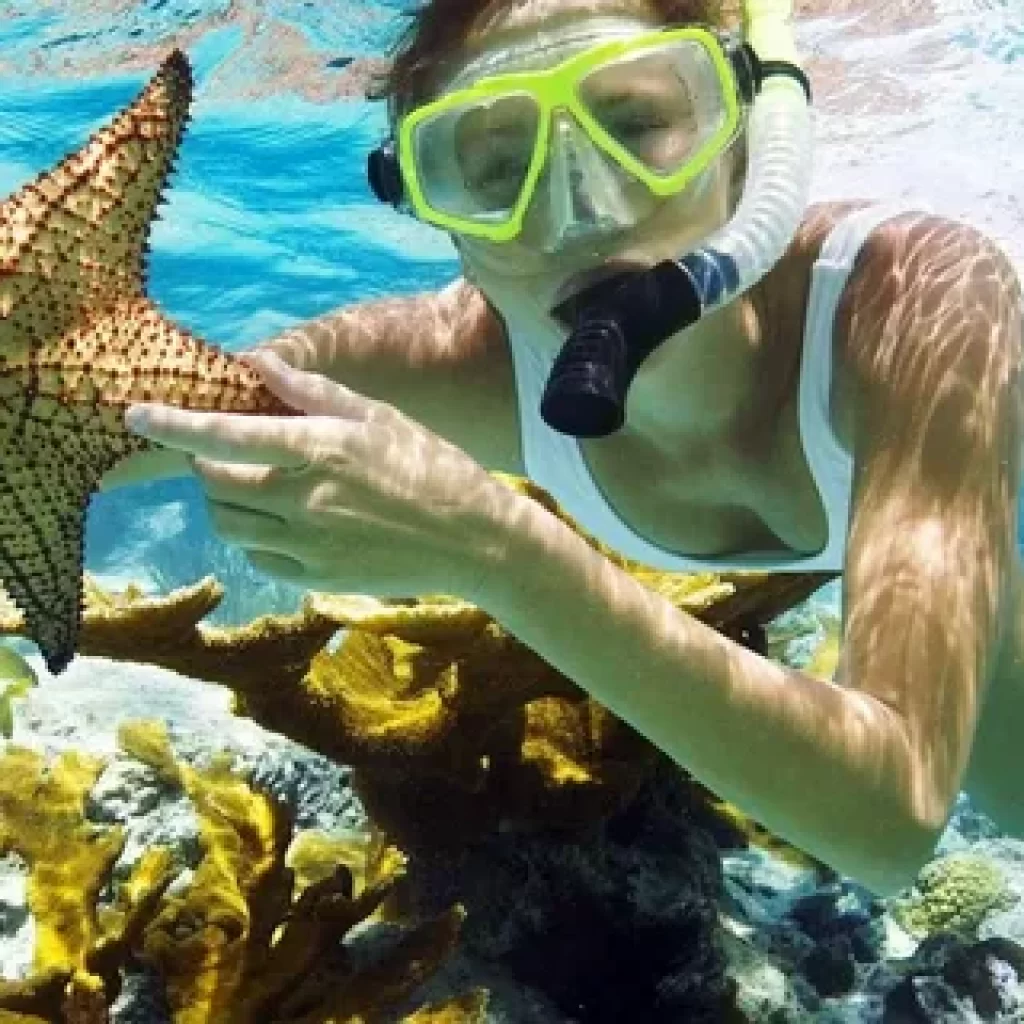
Conclusion:Red Sea Diving
Diving in the Red Sea is an unparalleled experience that combines stunning underwater landscapes, rich biodiversity, and thrilling adventures. Whether you’re an experienced diver or a beginner, the Red Sea offers something for everyone. Its vibrant marine life, crystal-clear waters, and fascinating history make it a top destination for divers from around the globe.
FAQs:Red Sea Diving
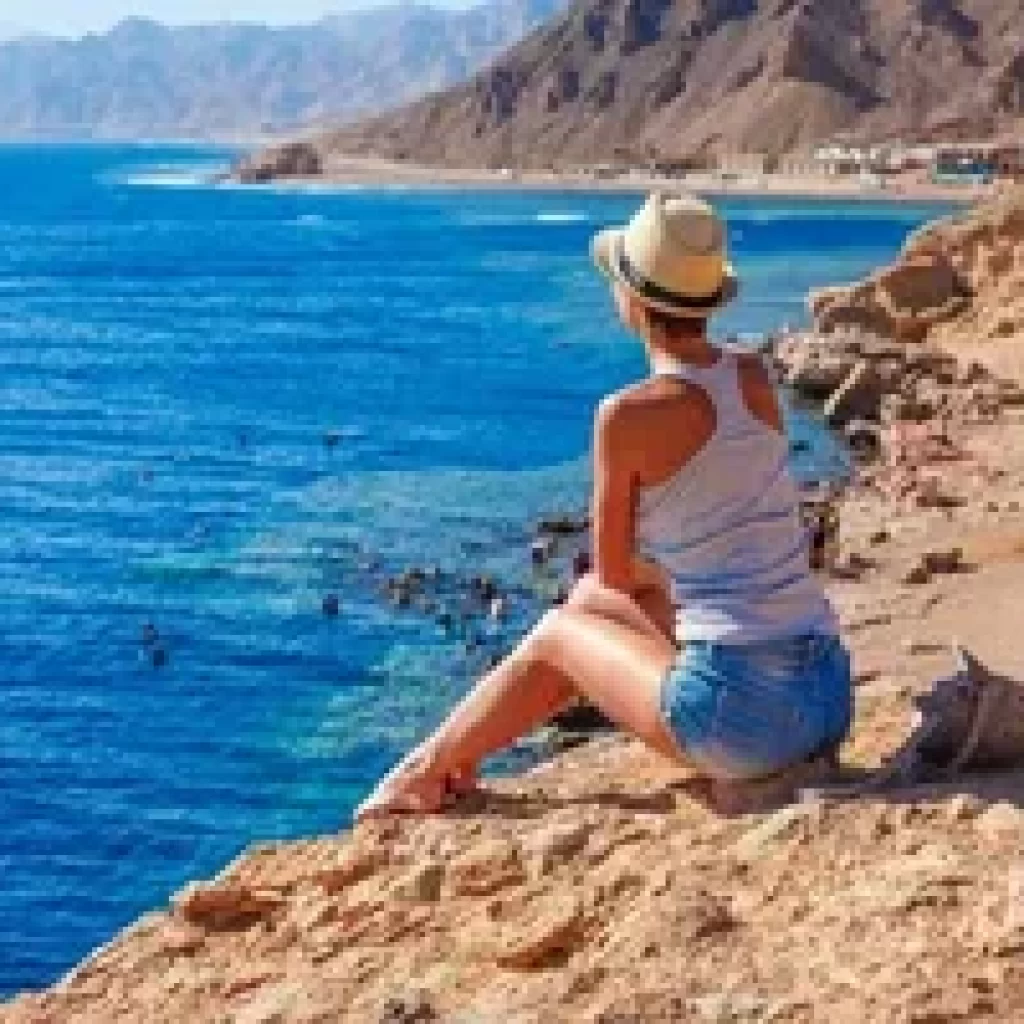
- What is the best time to dive in the Red Sea?
- The best times to dive are from March to May and September to November.
- Do I need a diving certification to dive in the Red Sea?
- Yes, a recognized diving certification is required to ensure safety and preparedness.
- What kind of marine life can I expect to see?
- Divers can encounter a wide range of marine life, including clownfish, reef sharks, and vibrant corals.
- Are there any famous shipwrecks to explore?
- Yes, the Thistledown wreck is one of the most famous shipwrecks in the Red Sea.
- Is night diving available in the Red Sea?
- Night diving is popular and offers a unique opportunity to see nocturnal marine life.
- What should I consider for underwater photography?
- Clearwater, proper lighting, and good angles are crucial for stunning underwater photographs.
- How can I contribute to marine conservation?
- Practice responsible diving, support conservation initiatives, and help raise awareness about marine protection.
Diving into the Red Sea is more than just a recreational activity; it explores one of the world’s most vibrant and diverse marine ecosystems. With its stunning coral reefs, abundant marine life, and rich history, the Red Sea remains a bucket-list destination for divers everywhere.

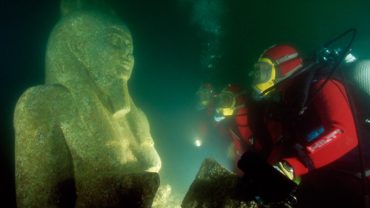
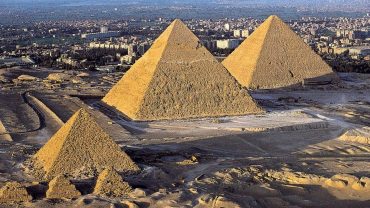
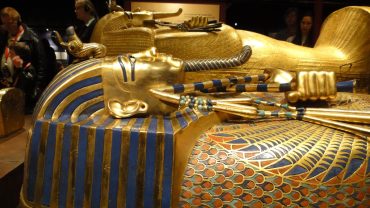

Comment (0)